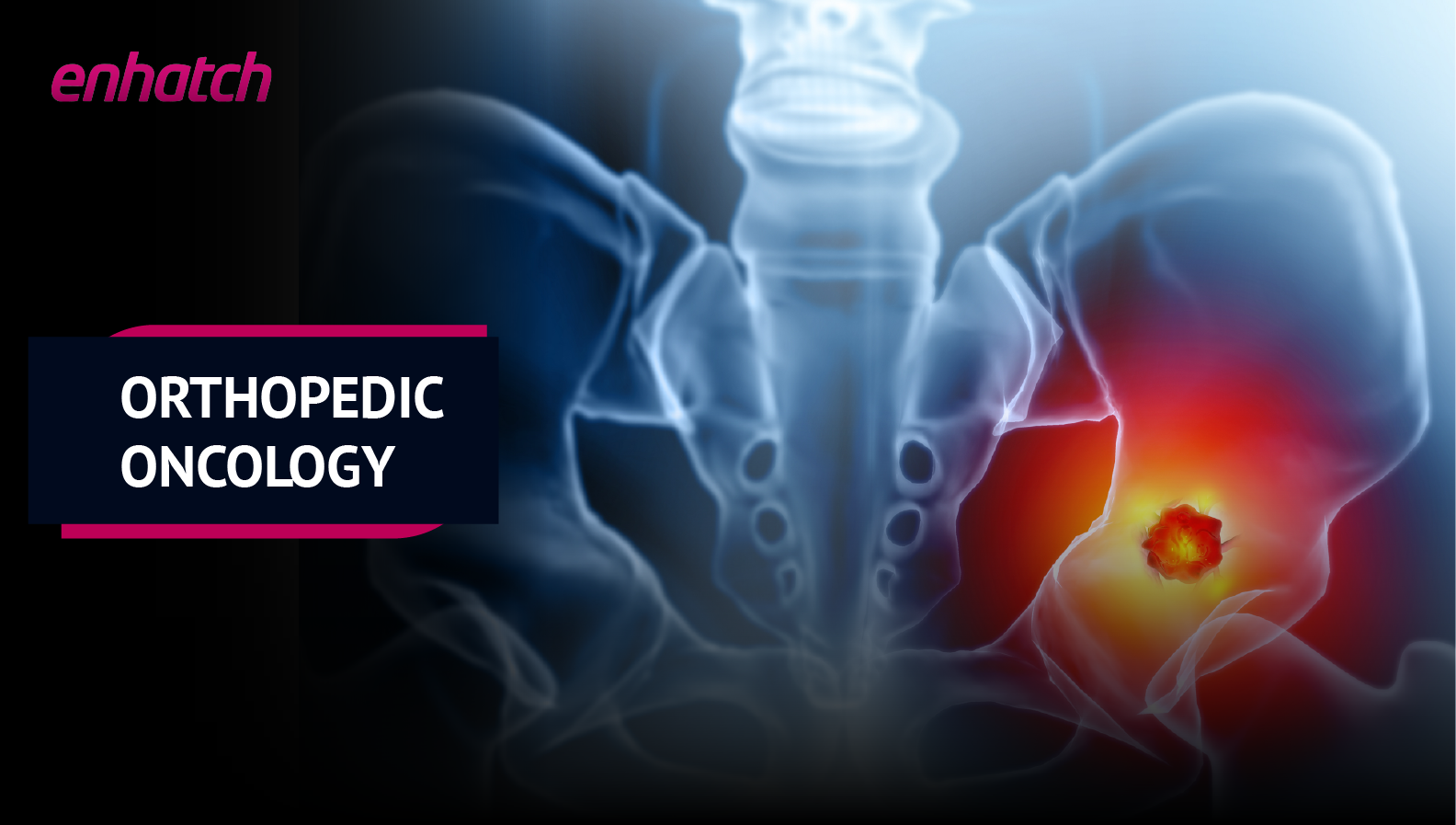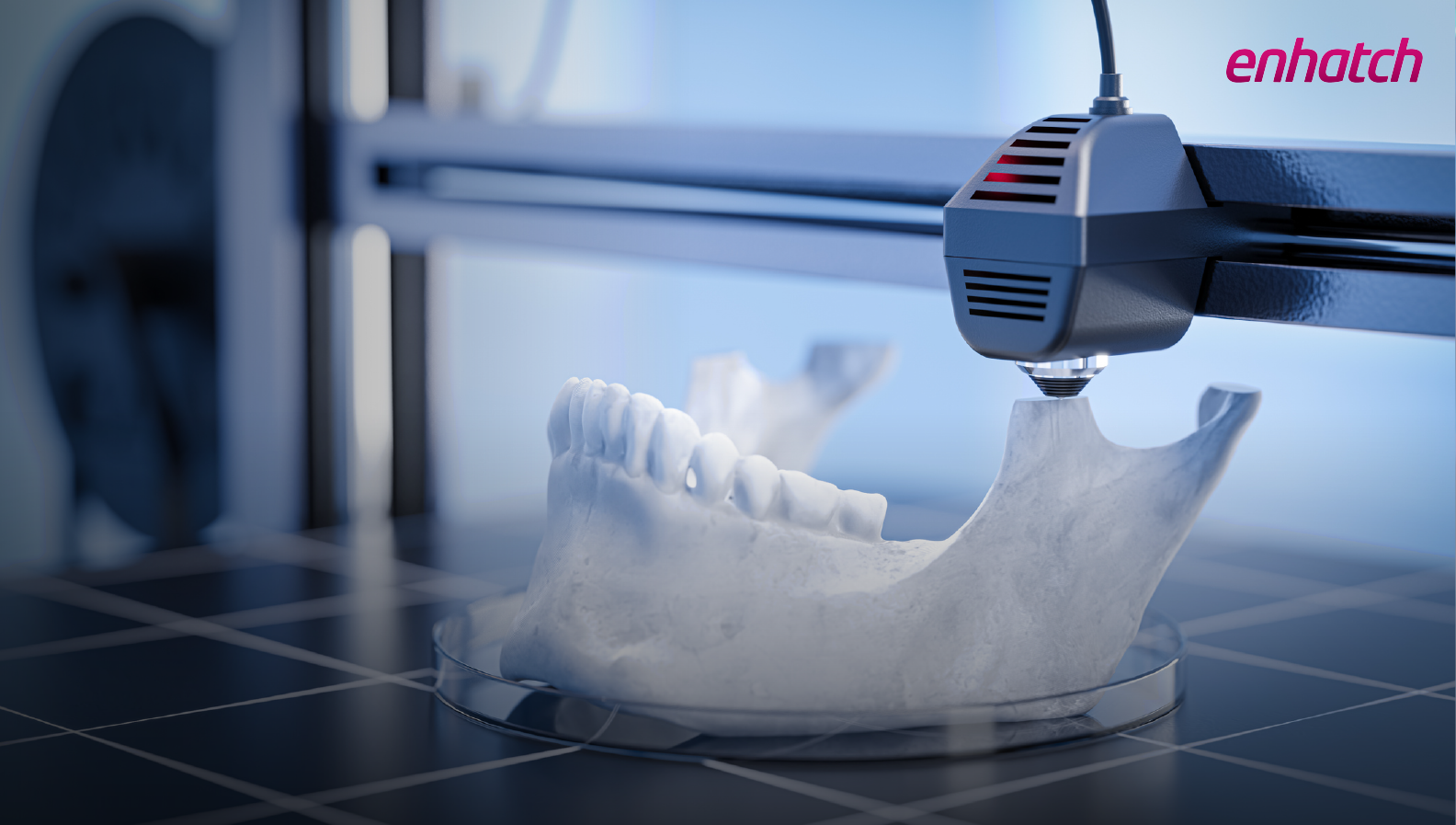Orthopedic Oncology: The Promise of Personalized Solutions

Orthopedic oncology is a field dedicated to treating bone and soft tissue tumors, a niche yet crucial aspect of oncology. Traditionally, this market has been an underserved market, but in recent years, it has gained increasing attention.
Osteosarcoma (OS), for example, affects 3.4 per million folks worldwide every year. Among adolescents under 15, it's actually the third most common cancer, with an annual incidence of 5.6 cases per million.
According to Fortune Market Insights, the global orthopedic oncology market is expected to grow from $1.2 billion in 2023 to $2.33 billion by 2033. This growth is indicative of the increasing focus on addressing bone and soft tissue tumors worldwide. The United States, comprising 26.2% of this global market share, underscores the nation's prominence in orthopedic oncology.
![]()
Industry giants like Stryker, Zimmer Biomet, and specialized startups such as Onkos Surgical are vying to cater to the unique needs of orthopedic oncology patients. These companies are not just offering run-of-the-mill solutions but innovative approaches to tackling the complexities of tumor treatment.
With advancements in areas like 3D printing, patient-specific solutions are becoming vital in the growing field of orthopedic oncology. There is an increasing demand for tailored solutions to help surgeons navigate these complex procedures. Patient-specific solutions offer a number of advantages such as improved precision, lower blood loss, and shorter operating times. However, technology adoption will be critical for medical device companies and hospitals to scale their patient-specific solutions offering.
The essential role of orthopedic oncology
Orthopedic oncology is vital in treating bone and soft tissue tumors, preserving mobility and quality of life. With precise diagnosis and innovative treatments, orthopedic oncologists guide patients through complex challenges with care and expertise.
For example, one significant aspect of orthopedic oncology is limb salvage surgery. This surgery aims to remove tumors while preserving the affected limb rather than resorting to amputation.
This approach not only maintains a patient's physical independence and quality of life but also addresses psychological and emotional aspects by avoiding the loss of a limb. Limb salvage systems play a pivotal role in enabling this preservation, offering patients the chance for a better outcome and recovery.
However, the failure rate of limb salvage procedures can be high. Some studies have indicated failure rates between 24% and 42%, depending on technique and location.
Personalized solutions and technological advances are helping surgeons navigate these complex cases and enable better patient outcomes. Advances in technology are also helping with key clinical aspects like infection, aseptic loosening, implant integration, and soft tissue issues.
Apart from the large medical device companies, startups are also looking to offer more personalized solutions for surgeons and patients. Onkos Surgical, for instance, is focused exclusively on the pediatric and adult surgical oncology market. Last year, they announced the launch of the JTS Extendible Prosthesis, a novel growing implant designed for pediatric patients with bone cancer. They also have a state-of-the-art manufacturing and R&D innovation center in Parsippany, NJ, to support their increasing demand.
As quoted by Patrick Treacy, Co-founder and CEO of Onkos Surgical, in an Orthopedic Design and Technology magazine article:

Patient-specific solutions in Orthopedic Oncology
So why are patient-specific solutions gaining traction in orthopedic oncology? Orthopedic oncology presents unique challenges, requiring personalized solutions for patients.
Improves precision in complex cases
Let us take the example of tumor resection. It's a delicate procedure, especially in challenging areas like the sacrum and pelvis. Here, the margin for error is slim, and traditional instruments may fall short. Malignant pelvic tumors also tend to be discovered at an advanced stage. This can be challenging for orthopedic oncologists. These tumors are also characterized by their considerable size, extensive local spread, and intricate proximity to major tracts.
Patient-specific solutions can potentially help surgeons plan and execute tumor resections in such complex cases with great accuracy, ensuring optimal outcomes for patients.
Patient-specific solutions also play a pivotal role in ensuring precise osteotomies, which are essential for successful limb-sparing surgeries. These procedures involve delicately removing tumors while safeguarding healthy bone to maintain limb function. By tailoring instruments to match the patient's unique anatomy, surgeons can achieve negative margins while preserving healthy tissue.
Studies have shown that:
- Patient-specific solutions help with understanding human anatomy and better surgical planning.
- Patient-specific guides (PSGs) can help reduce blood loss and operation time during bone tumor surgery.
- PSGs result in lower bone-resection time and superior maximum distance between planned osteotomy and the achieved osteotomy when compared to navigation-assisted osteotomy for knee-joint resection.
Due to the above benefits, personalization is becoming increasingly important in orthopedic oncology.
Increased adoption at Point-of-care
Point-of-care 3D printing enables the production of personalized implants, surgical guides, and anatomical models right at the hospital site. In orthopedic oncology, we are seeing hospitals increasingly employ point-of-care 3D-printed anatomical models to aid in presurgical planning and intraoperative navigation.
Research indicates that utilizing these models can lead to several benefits:
- Improved accuracy in tumor localization.
- Reduction in operating room duration and expenses.
- Enhanced confidence among surgeons.
- Better overall patient outcomes.
Surgical planning efficiency: key to scaling personalized solutions
To scale patient-specific solutions, medical device companies and hospitals need to streamline and improve the efficiency of the preoperative planning process. Meticulous preoperative planning is essential for successful outcomes in orthopedic oncology.
Surgery is as much about preparation as execution, especially in orthopedic oncology. Surgeons need a comprehensive roadmap to navigate complex cases effectively.
Streamlining preoperative planning, however, can be challenging as:
- Preoperative planning requires collaboration between multiple stakeholders.
- 3D anatomical model generation can be time-consuming.
- Case and approval tracking can be a challenge as one scales.
- Different product lines may require different workflows.
A virtual surgical planning (preoperative planning) solution is critical. Adopting a cutting-edge preoperative planning solution that leverages advanced technology can significantly increase the efficiency of the surgical planning process.
When selecting surgical planning software, medical device companies and hospitals should evaluate the following:
- Does the solution help facilitate efficient collaboration for all involved parties?
- Does the solution allow for easy workflow customization across different product lines?
- Does the solution allow for artificial intelligence (AI) integration
- Does the solution have dashboards for tracking cases and approval status?
- Is the solution 21 CFR Part 11 compliant? Is it easy to set up role-based access?
- Is the solution intuitive and easy to use?
Key takeaways
- Orthopedic oncology is a niche but growing market.
- Large medical device companies, as well as startups, are offering solutions to help surgeons navigate these complex procedures.
- The future of orthopedic oncology lies in personalization.
- Advances in technology like 3D printing, patient-specific solutions, AI, and advanced surgical planning are helping surgeons navigate complex procedures.
- Medical device companies and hospitals need to streamline preoperative planning to scale the delivery of patient-specific solutions.
- Adopting advanced surgical planning software with AI integration is crucial for improving the efficiency of the preoperative planning process.
Sources
- “Reconstructive Science in Orthopedic Oncology” retrieved from the NIH website. Visit Page
- “3D-printed guiding templates for improved osteosarcoma resection,” retrieved from the NIH website. Visit Page
- “Current Concepts in the Resection of Bone Tumors Using a Patient-Specific Three-Dimensional Printed Cutting Guide”. Visit Page
- “Patient-specific guides in orthopedic surgery” retrieved from the Sciencedirect website. Visit Page
- “Limb salvage in musculoskeletal oncology: Recent advances” retrieved from the NIH website. Visit Page
- “Point-of-Care Orthopedic Oncology Device Development” retrieved from MDPI website. Visit Page


